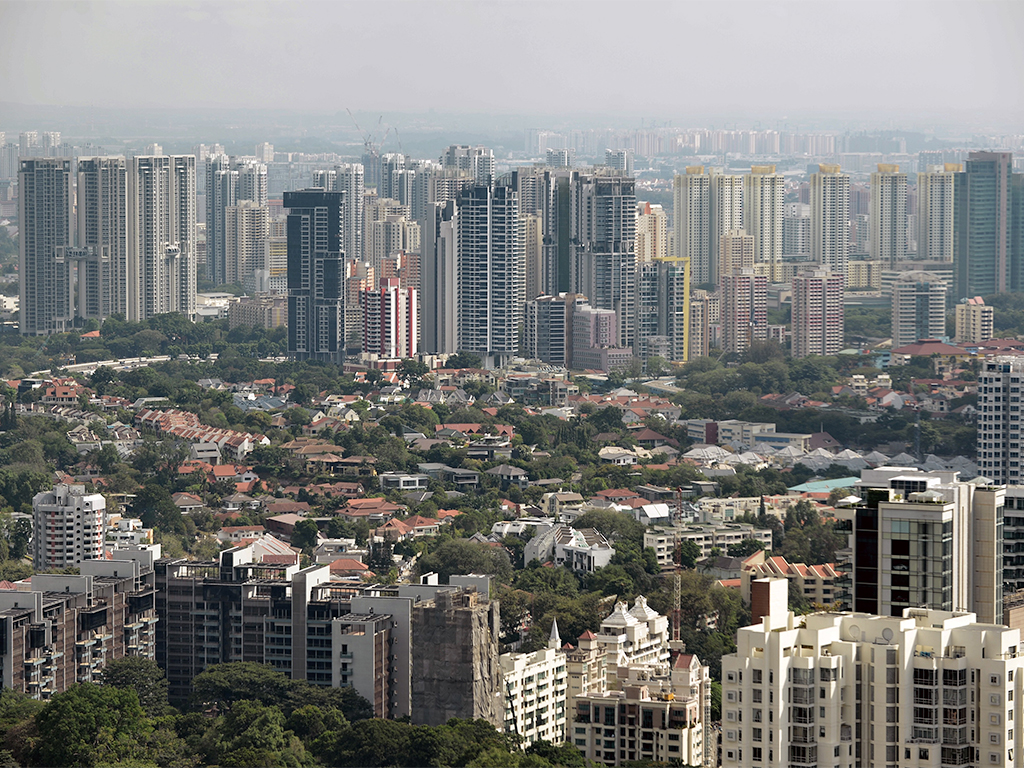
Lacklustre activity at Singapore’s factories has dragged the economy’s growth down to 2.1 percent in the second quarter, essentially contracting 0.8 percent on an annual basis. The data from the Singaporean Ministry of Trade and Industry stands in stark contrast to the 9.9 percent expansion in the first quarter of the year and comes down to a shift in manufacturing.
According to analysts, the poor growth stems from Singaporean efforts to move away from low-end industries, particularly in manufacturing, to focus on value-added sectors such as biotechnology and pharmaceuticals. As the island state makes the transition, growth is slowing and, what’s more, mediocre external demand from key trading partners like China continues to put strain on growth.
According to analysts, the poor growth stems from Singaporean efforts to move away from low-end industries
‘Not only may we see slower external demand in 2H 2014 affecting sectors such as manufacturing and wholesale trade, Singapore’s domestic sectors will also continue to face the challenges from the on-going economic restructuring amid tight labour market conditions. In addition, high base effects for GDP growth in 2H 2013 would weigh down further growth risks,’ said Singapore’s United Overseas Bank in a note.
On-year, GDP grew 2.2 percent, well shy of the three percent expected by economists. This decline was due to a 19.4 percent quarter-on-quarter contraction in the manufacturing sector which grew a meagre 0.2 percent, the Trade Ministry said, citing a fall in the output for electronic goods, a main export for the Southeast Asian city. Not surprisingly, the drop in output stems from waning demand from China.
According to economists at BNP Paribas ‘China’s slowing economy is raising concern about potential spill over effects beyond its shores, particularly on the rest of Asia.
‘Economies with high trade exposure to Chinese final demand and commodity-producing countries are…more likely to catch a cold when China sneezes,’ they said in an analysis of 20 years of data in order to quantify the impact of a one percent fall in Chinese economic output on the rest of Asia.
The BNP Paribas research found that 0.7 percent was on average shaved from growth elsewhere because of trade dependency. Singapore, which has seen exports to China as a share of GDP almost triple since 2000, would fare worst with as many as 1.6 percent cut from GDP growth.
This risk of a ‘hard landing’ for growth as China’s economy slows has prompted Asian policymakers to rebalance their economic activity towards domestic, consumer-led demand. It is this shift in manufacturing that is currently causing volatility in the Singaporean economy, but which many are hoping will stabilise growth in the long-term.


